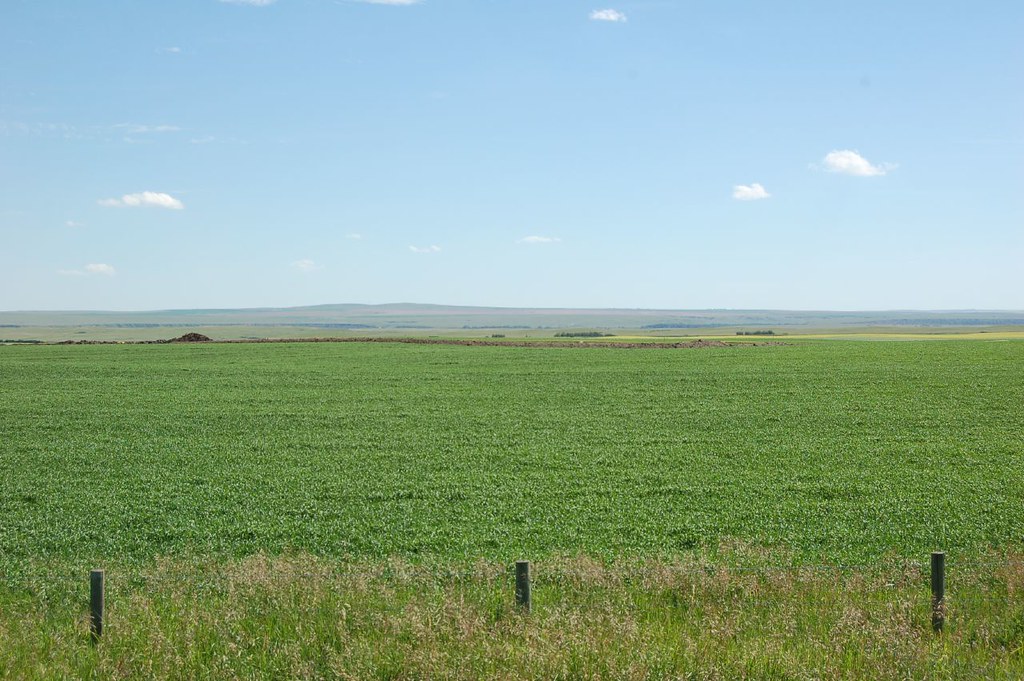
The authors of this textbook wish to begin this text by paying our respects to the land and place where this text was created and starting with a traditional Land Acknowledgment.
This text was a collaborative effort by many people working at the University of Saskatchewan in Saskatoon, Canada. The University of Saskatchewan campus is located on Treaty Six Territory–home of the Cree, Saulteaux, Nakota, and Dene Peoples–and the homeland of the Métis Peoples. We pay our respects to the Indigenous Peoples that are on this land and acknowledge our responsibility to seek out and learn from them. Together, we will engage in truth telling and building reconciliation as well as the need to engage in the ongoing work of decolonizing our campus community both inside and outside the classroom.
In acknowledging that we are seeking “all” truths, we recognize that the content of this textbook is firmly rooted in Western traditions of knowledge, which risks re-enforcing it as the “standard” and alienating other cultural approaches to knowledge.
As a result, we have striven to include content that address these different styles in order to provide students with a broader view of the world and how their own approaches to knowledge fall within it. As this text is a living document, we plan to add more of this content when possible to approximate a stronger truth for all.
 |
 |
Attributions
Photo #1: “Saskatchewan Prairie” by extension 504 (on Creative Commons) is used under the Creative Commons By-Non-Commerical-Share Alike 2.0
Photo #2: “The Treaty Six Territory Flag” by Worrypower (on Wikimedia Commons) is used under the Creative Commons Attribution-Share Alike 4.0 International. This photo was modified through cropping.
Photo #3: “The Métis Flag” by Lexicon (on Wikimedia Commons) is used under Public Domain
Note: This land acknowledgement had been adapted from the RCM 200 textbook, Effective Professional Communication.

